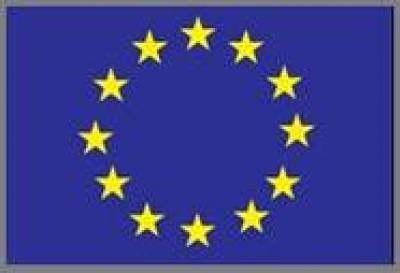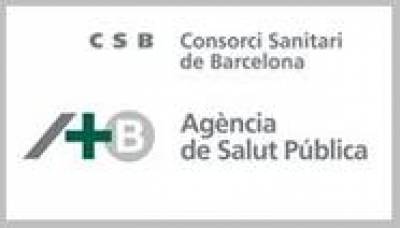
Barcelona is situated in Catalonia on the North-eastern Mediterranean coast. As the second largest city in Spain, Barcelona contained 1,599,966 (Men: 757,978 l Women: 841,988) inhabitants in 2005. However, Barcelona only spans an area of 98.2 km squared, making it the smallest city in the INEQ-CITIES Atlas. As such, Barcelona is the most densely populated city in INEQ-CITIES with a population density of 16,454 persons per km squared in 2007 - 2009.
The population has progressively aged over recent decades due to increases in life expectancy. One-fifth of the population was aged 65 years or older as of 2005, the second highest among the cities included in the INEQ-CITIES Atlas. The immigrant population has also increased to 21.5% of the city's inhabitants in 2005. Just over half of the working-age population (16-64 year olds) were active in the labour market, the lowest activity rate in the INEQ-CITIES Atlas. The majority (75.2%) of the working population were employed in the service sector, leaving only 14.7% employed in industry, 9.8% in construction and 0.2% in agriculture.
- City Profile
-
Barcelona has a specific demographic profile, defined by an aging population and a low working-age activity rate in the labour market. Demographic figures from the 2005 Municipal Registry are shown below:
- Population aged 0 - 14: 12.3%
- Population aged 65 and older: 20.8%
- Population aged 16 - 64 in the labour market: 57.2%
- Unemployment: 8.7%
- Immigrant population: 21.5%
- Methods
-
Socio-economic and mortality analyses were conducted at a small area-level within each city. The maps of Barcelona represent 1,491 Census Tracts or small areas. Data from the 2000 - 2008 Municipal Registers was used to obtain the population size per Census Tract. The INEQ-CITIES research of Barcelona is based on these figures.
The table below shows the estimated population size per Census Tract by first, second (median) and third quartiles, based on 2004 figures from the Municipal Register.
Population Size per Small Area, Barcelona Men Women First Quartile
364 421 Median 457 517 Third Quartile
578 648 - Socio-Economic Indicator Maps
-
Social inequalities were examined using markers of deprivation to assess geographical segregation according to socio-economic characteristics. Find out more about socio-economic inequalities within Barcelona by viewing area-level maps of Socio-Economic Indicators for:
- Mortality Maps
-
Mortality ratios were examined for all-cause mortality and disease-specific mortality, separately for men and women. Find out more about health inequalities within Barcelona by viewing area-level maps of:
- Resources
-
For further information about health inequality and the INEQ-CITIES research conducted in Barcelona, please go to:

 Close
Close





